Government offices are an important part of the community, serving as a hub for various services and operations. When it comes to designing a government office interior design space, there are several important factors to consider to ensure that the space is functional, efficient, and comfortable for both employees and visitors.
One of the most important considerations for a government office interior design space is accessibility. This includes ensuring that the office is compliant with the Americans with Disabilities Act (ADA) and that there are ample accommodations for individuals with disabilities. This might include accessible entrances and exits, wheelchair ramps, and accessible restrooms.
Another key consideration is security. Government offices often deal with sensitive information and require measures to protect both employees and visitors. This might include security cameras, access control systems, and secure storage areas.
When it comes to the actual office interior design, there are several factors to consider as well. Lighting is an important consideration, as natural light can improve productivity and mood. Additionally, the layout of the office interior design should be designed in a way that promotes efficient workflow and minimizes distractions. This might include open office plans, cubicles, or private offices depending on the needs of the employees and the work being done.
Furniture is another important consideration when designing a government office space. Comfortable seating and ergonomic furniture can help prevent injuries and promote overall well being. Additionally, furniture should be chosen with durability in mind, as government offices often see high traffic and heavy use.
Color schemes and decor can also play a role in designing a government office space. Neutral colors can promote a sense of calm and professionalism, while pops of color can add interest and energy to the space. Artwork and other decorative elements can be used to create a welcoming and engaging environment for employees and visitors alike.
Finally, technology is a critical consideration for any modern office interior design space, and government offices are no exception. The space should be designed to accommodate modern technology, including computers, printers, and other essential equipment.
In summary, designing a government office interior design space requires careful consideration of several factors, including accessibility, security, lighting, layout, furniture, color schemes and decor, and technology. By taking these considerations into account, government offices can create spaces that are both functional and welcoming for employees and visitors alike.
Office interior design plays a significant role in the overall success of a business. It can create a positive impact on employee productivity, workplace culture, and customer service. In today's competitive business environment, customer service has become a critical component of organizational success. An office interior design can help create an environment that fosters exceptional customer service.
The first impression that a customer has of your business is essential.
As soon as they enter your office, they form an opinion about your brand. The ambiance, lighting, and layout of your office interior design can create a lasting impression on your customers. An inviting and welcoming environment can make a customer feel comfortable and confident in the services or products offered. Therefore, it is crucial to consider office interior design as an essential aspect of your customer service strategy.
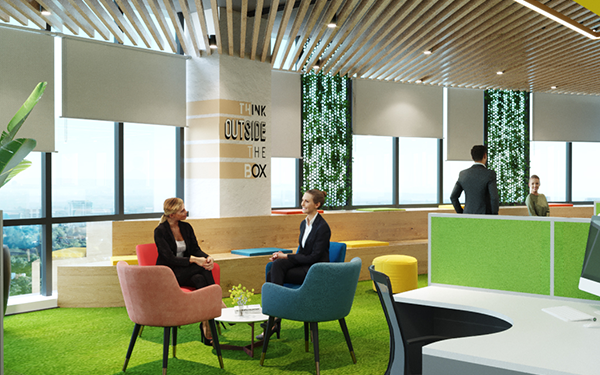
The layout of your office interior design can impact the flow of customer traffic.
A poorly designed office can lead to customer frustration and confusion, while a well-designed office can provide a seamless customer experience. The placement of reception desks, seating areas, and product displays can create a positive customer journey. The design should also consider the accessibility of the space, ensuring that customers with disabilities can move around the office easily.
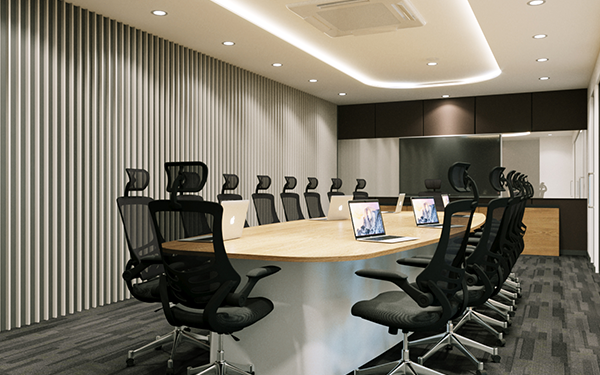
The lighting of your office can also impact customer service.
Lighting plays a vital role in creating a warm and welcoming atmosphere. Proper lighting can also help highlight products, features, and services, making them more appealing to customers. Dim lighting or harsh lighting can make customers feel uncomfortable or distracted, leading to negative perceptions of your business.
The design of the furniture and fixtures in your office interior design can also impact customer service.
The type and quality of the furniture used in your office interior design can impact customer comfort, making them feel welcome and appreciated. Comfortable seating areas can make customers feel at ease and encourage them to spend more time in your office. Well-designed fixtures can help organize your office space and create a professional appearance.
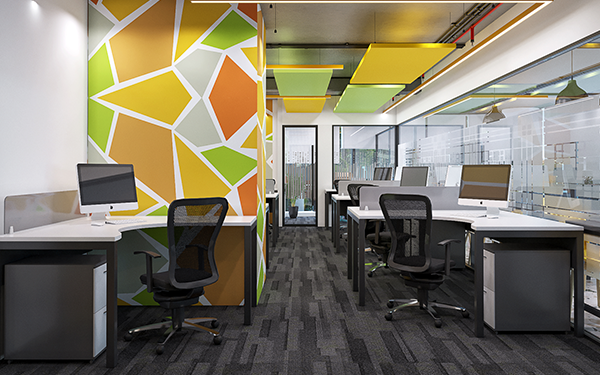
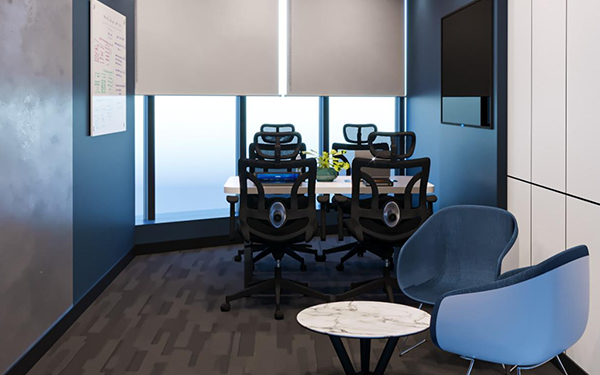
Colors can also impact customer service.
Different colors can evoke different emotions in people. The use of color in your office interior design can create a particular mood or atmosphere that can influence customer perceptions. Bright colors can create a fun and energetic environment, while soft colors can create a calming and relaxing atmosphere. The use of color can also help highlight specific areas or products, making them more attractive to customers.
In summary, office interior design can impact customer service in many ways. A well-designed office can create a positive first impression, improve the flow of customer traffic, create a warm and welcoming atmosphere, and highlight specific products or services. It is essential to consider office interior design as part of your overall customer service strategy, and invest in creating a space that reflects your brand and values. A well-designed office can create a lasting impression on your customers and contribute to the overall success of your business.
Creating a collaborative work environment is essential for any business, and optimizing its design is an integral part of making it effective. Office interior design plays a critical role in creating an environment that fosters teamwork, productivity, and creativity. In this blog, we'll explore some design strategies for optimizing a collaborative work environment.
Provide flexible workspaces:
One of the most effective ways to promote collaboration in the workplace is to provide flexible workspaces. This can include open plan layouts, movable partitions, and flexible seating arrangements. These design elements make it easier for employees to work together, move around, and collaborate.
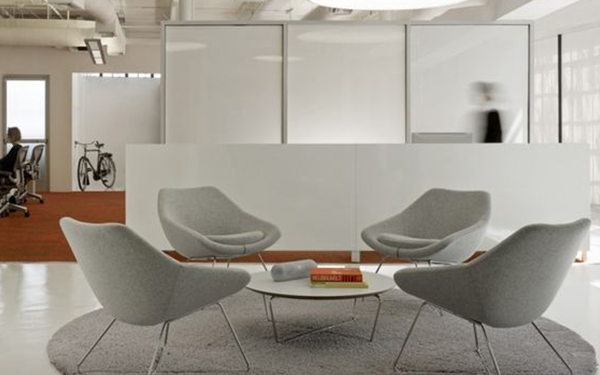
Create spaces for informal interactions:
Informal interactions are just as important as formal meetings when it comes to collaboration. Creating spaces for informal interactions can be done by incorporating common areas, such as lounges or coffee bars, and encouraging employees to interact in those spaces.
Incorporate technology:
Technology is an essential tool for collaboration in the modern workplace. Incorporating technology such as video conferencing systems, digital whiteboards, and collaboration software can enhance collaboration and make it easier for employees to work together.
Use natural lighting:
Natural lighting has been shown to have a positive impact on productivity and well-being. Incorporating natural lighting into the office interior design can help to create a collaborative work environment that is not only productive but also comfortable and enjoyable to work in.

Consider acoustics:
Noise is a common problem in many workplaces, and it can hinder collaboration. Designing an office interior design with good acoustics can help to reduce noise levels and create a more productive work environment. This can be achieved through the use of sound-absorbing materials, such as carpets and curtains.
Promote sustainability:
Sustainability is an important consideration for many modern workplaces.Office interior design incorporates sustainable design elements, such as energy-efficient lighting and HVAC systems, can help to create a collaborative work environment that is not only productive but also environmentally responsible.
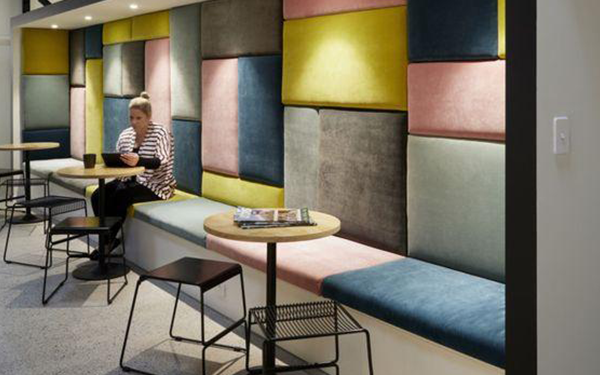
Use color psychology:
Color psychology is the study of how color affects human behavior and emotions.For office interior design using colors that promote creativity and collaboration, such as blue and green, can help to create a collaborative work environment that is both functional and visually appealing.
In conclusion, optimizing a collaborative work environment through office interior design requires careful consideration of the needs of the employees, as well as the goals of the business. By incorporating flexible workspaces, creating spaces for informal interactions, incorporating technology, using natural lighting, considering acoustics, promoting sustainability, and using color psychology, businesses can create a collaborative work environment that fosters teamwork, productivity, and creativity.
Office interior design has come a long way since the days of drab cubicles and fluorescent lighting. Today, many businesses are recognizing the importance of creating an environment that is not only aesthetically pleasing, but also supports the health and wellbeing of employees. One way to do this is by incorporating biophilic design principles into the office space.
Biophilia refers to the innate human connection with nature. Research has shown that exposure to natural elements such as sunlight, plants, and water can have a positive impact on our mood, productivity, and overall well being. By incorporating these elements into the office design, businesses can create a more positive and productive work environment.
Here are some ways that office interior design can incorporate the principles of biophilia:

Bring in natural light:
Natural light has been shown to improve mood, energy, and overall well being. In addition, it can also help regulate our circadian rhythms, which can improve sleep quality and reduce fatigue. When designing an office space, try to maximize natural light by placing workstations near windows and using glass partitions to allow light to penetrate deeper into the space.
Introduce plants:
Plants not only add visual interest to an office interior design, but they can also help purify the air and reduce stress levels. In fact, research has shown that simply looking at plants can have a calming effect on the mind and body. When selecting plants for an office space, consider low-maintenance options such as snake plants, pothos, or spider plants.
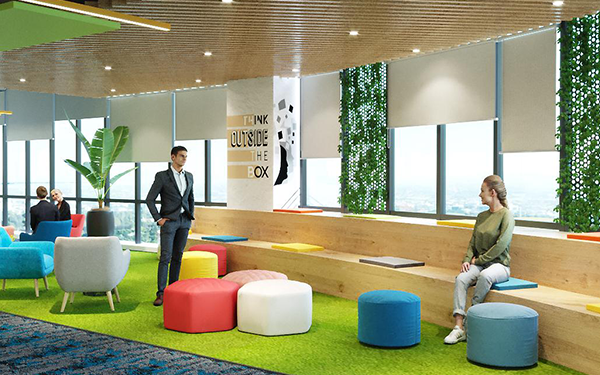
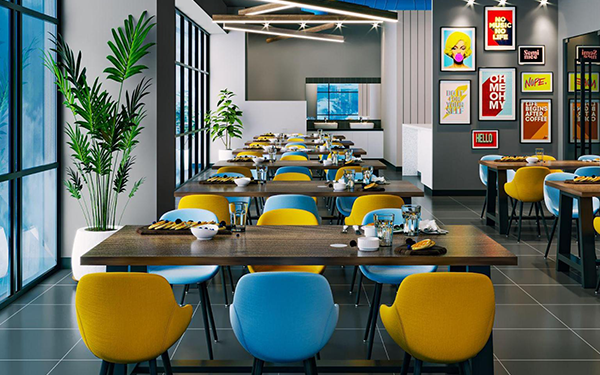
Incorporate water features:
Water features such as fountains or aquariums can help create a calming atmosphere in the office interior design. The sound of running water has been shown to reduce stress levels and improve overall wellbeing. In addition, water features can help improve air quality by increasing humidity levels.
Use natural materials:
While designing your office interior design space using natural materials such as wood, stone, or bamboo can help create a sense of warmth and connection with the natural world. In addition, natural materials are often more sustainable and eco-friendly than synthetic materials.
Create outdoor spaces:
If possible, consider creating outdoor spaces such as a patio or rooftop garden where employees can take a break and connect with nature. Even small outdoor spaces such as a balcony or window box can help improve mood and reduce stress levels.
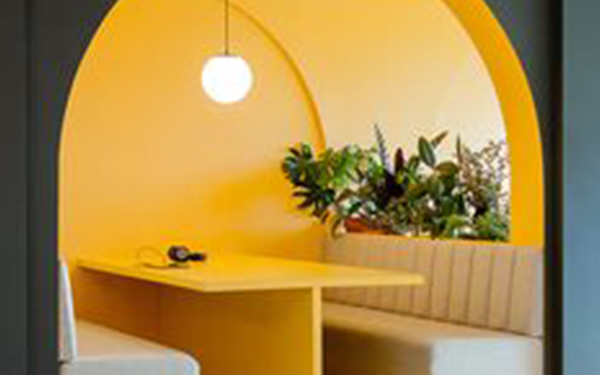
By incorporating these principles of biophilic design into the office interior design space, businesses can create a more positive and productive work environment. Not only can biophilic design improve the health and wellbeing of employees, but it can also help attract and retain top talent. When designing an office space, be sure to consider how the principles of biophilia can be incorporated to create a space that is both beautiful and functional.